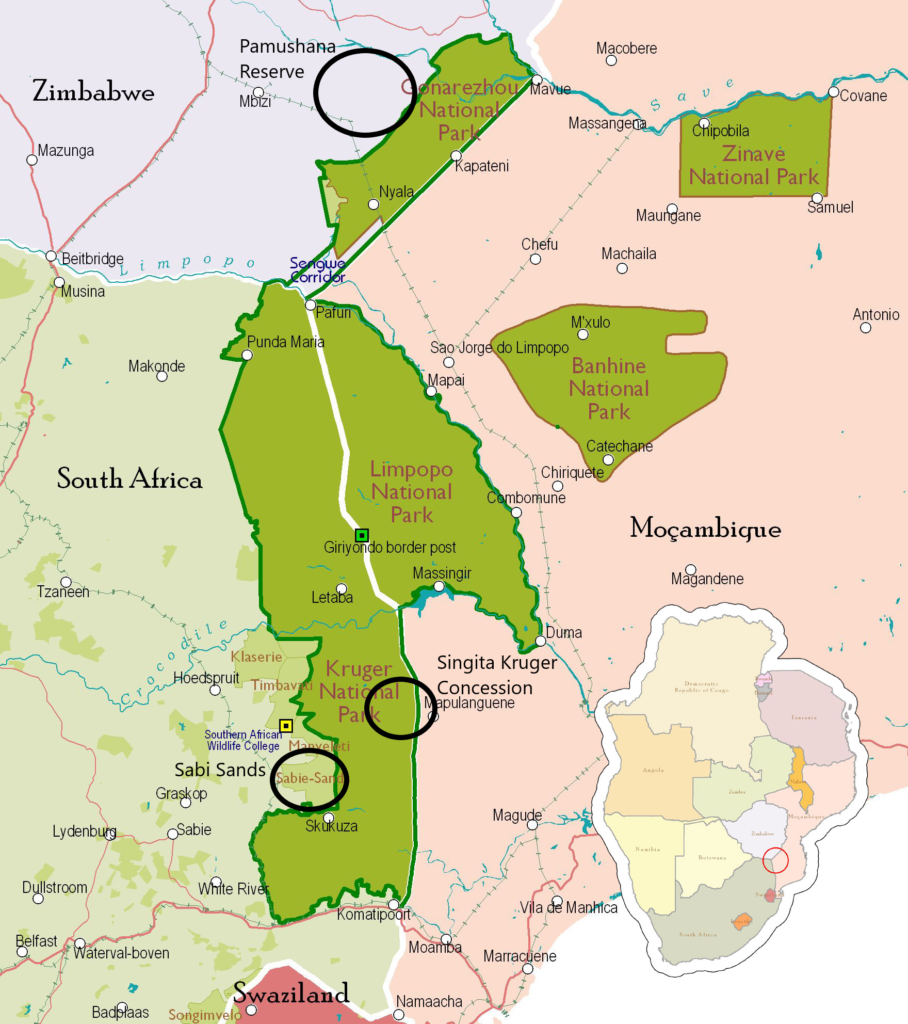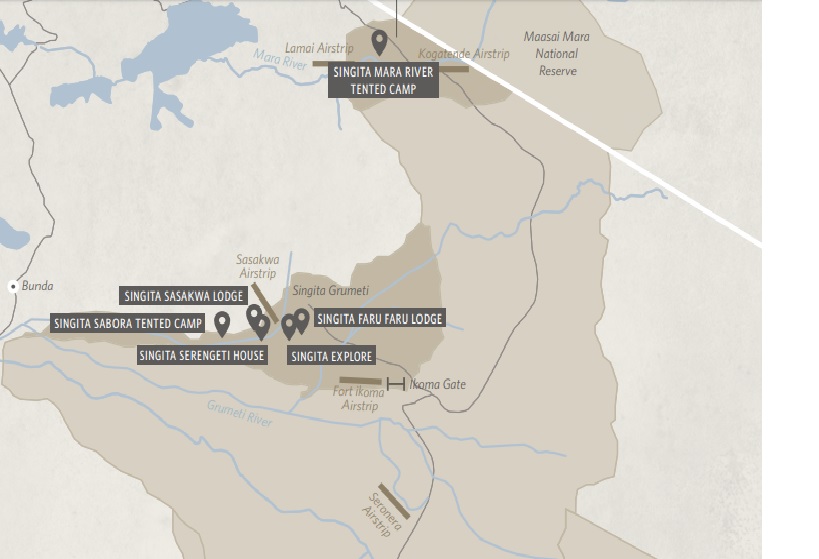When you arrive in a wild place, it can seem overwhelming. You are given a large area to explore (even the small reserves are usually several hundred square miles, and while this doesn’t seem big, where do you go?). The aim of these pages is to change this. Often, the main reason that you hire a guide, is that they know where the animals are most likely to be.
Over time, by using this map, and putting down your sightings, we will build up a map of where animals are often found and when. It will also be possible to see where animals have been seen recently, though sighting will not appear instantly. While you might think this is not good, it actually makes sure that the person making the initial sighting gets to enjoy the animal to themselves for a while. While in theory this would allow day visitors to zoom around and tick off the big 5 in a couple of hours, this has been built for more interesting reasons.
Importantly, I am keen that this is not a tool for poachers. As such, it is possible for us to remove animals from being chosen to appear on the map, so you can feel confident in listing sightings of animals such as black rhino. If you see news of a poaching epidemic somewhere, let me know. In the long term I hope to create these sightings boards for all destinations.
Click on the maps below to go to the relevant sightings board.
In the near future, before many people have found the map, it can operate very well as a personal guide to where you saw animals. Like us, animals have regular habits, and so if you find them in one place on one day, and put up the sighting, they are likely to be near the sighting on future days. However, as the sightings data builds up, there is likely to be a change in how you can use it. Of course you can continue to look at what has happened recently, however the filtering options have been designed so that you can look at the pattern of sightings – the hope is that with a little planning homework, you can give yourself information on wildlife habits, and become your own expert wildlife guide.
Apart from the big 5 I have included wild dog and cheetah, jackals, and hyena. I have also included the rarer antelope – these tend to be found in specific parts of the park, so knowing where to look can help in finding them. Finally I have listed some rarely seen nocturnal animals, like pangolins and aardvarks. It is unlikely that these are ones other people can look at, though if we get lots of data in this field, it may allow scientific study of these rarely seen creatures.


